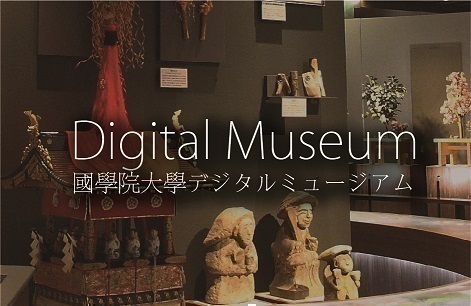- トップ
- Encyclopedia of Shinto
- Momodayū/Shiradayū Shinkō
Encyclopedia of Shinto
| Main Menu: | |
| Links: |
詳細表示 (Complete Article)
| カテゴリー1: | 6. Belief and Practice |
|---|---|
| カテゴリー2: | Shrines and Cultic Practices |
| Title | Momodayū/Shiradayū Shinkō |
| Text | Momodayū is also called Hyakudayū. The name Momodayū appears as the kami worshipped by courtesans (yūjo) of Eguchi and Kanzaki in Ōe no Masafusa's Yujoki, and Masafusa also wrote in his Kairaishiki that Kugutsu worshipped "the hundred kami" (hyakushin). The Ryōjin hishō records courtesans "praying to Momodayū for the love of men" and calls it "that which courtesans like". Momodayū is a kami worshipped by puppeteers (Kugutsu, also written as Kugutsushi) and sangaku, and was also the kami of courtesans. Momodayū was regarded as a male kami and many hundreds of wooden images of him were carved and enshrined. Momodayū is enshrined as a massha at various shrines in western Japan, including the massha Momodayū shrine worshipped by Ebisu Mawashi at Nishinomiya Shrine, and those at Nagato ichinomiya Sumiyoshi Jinja, Hiyoshi Taisha, Iwashimizu Hachimangu, and Usa Jingu. He is also worshipped as a "tutelary of roads" (dōsojin) and as a "kami that prevents pox" (hōsō yoke no kami). Shiradayū is the first massha of those at the shrine Kitano Tenmangu, and is worshipped at Tenmangu shrines in various regions. Shiradayū is often confused with Momodayū. One story relates that a shrine priest (shikan) of Ise's Outer Shrine, Watarai Haruhiko (862 - 944) who became a follower of Sugawara no Michizane, evolved into the "enshrined kami" (saijin) Shiradayū. Another tells that the saijin at Shirahige Jinja in Ōmi was enshrined as Shiradayū. — Satō Masato |




